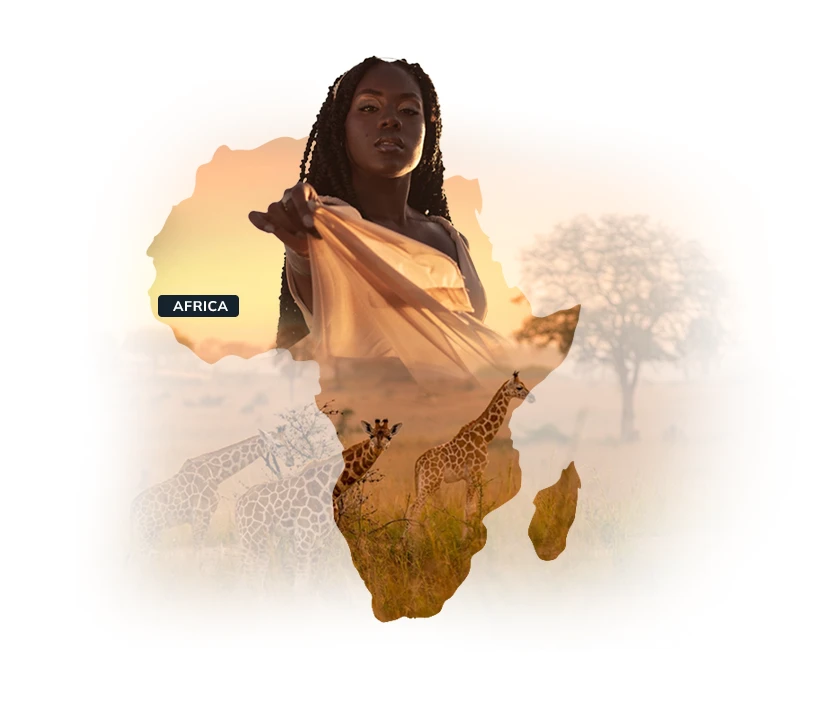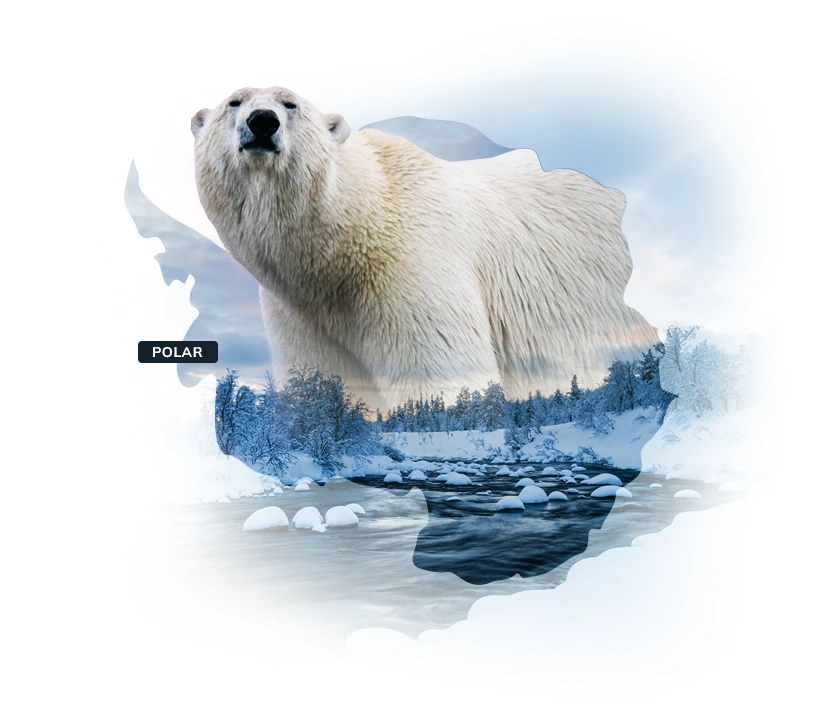Mt Kilimanjaro Lemosho Trek
Tailor made from £4,450 per person
10 days
Arusha, Mount Kilimanjaro
Tailor made from £4,450 per person
 10 days
10 days
 Arusha, Mount Kilimanjaro
Arusha, Mount Kilimanjaro
Trip Itinerary
Please select any day below to view that destination
- Day 1 - Arrive in Tanzania and relax
- Day 2 - Trek Londorossi Gate to Mti Mkubwa Camp
- Day 3 - Trek to Shira 1 Camp
- Day 4 - Trek to Shira 2 Camp
- Day 5 - Trek to Barranco Camp
- Day 6 - Trek to Karanga Camp
- Day 7 - Trek to Barafu Camp
- Day 8 - Trek to Summit, Descend to Mweka Camp
- Day 9 - Trek to Mweka Gate & return to Arusha
- Day 10 - Depart from Arusha
Ready to book your adventure?
For a free and no obligation quote please just tell us a bit about you and your trip, and one of our Travel Specialists will be in touch!
The Lemosho Route uses a gradual ascent and strategic acclimatisation days for your greatest chance at a successful summit
Mount Kilimanjaro is Africa's highest peak and the tallest freestanding mountain in the world. A trek to the summit to see dawn break from Uhuru Peak is a huge challenge, and not everyone makes it to the summit.
One of the biggest reasons why climbers have to stop or turn back is altitude sickness. That's why we recommend the gradual Lemosho route.
By taking more time to acclimatise on the lower slopes, the Lemosho route has the greatest summit success rates of any Kilimanjaro trekking route, and we have a 100% success rate of climbers reaching the summit on our Kilimanjaro treks via the Lemosho route.
Other benefits of this route include the remoteness of the trail (meaning a more peaceful trek for you) and the breathtaking scenery. Learn more by reading our guide on how to choose the best Kilimanjaro route for your trek.
The Lemosho trek is camping-based, and we believe that this offers a more adventurous trekking experience. Although the camping conditions are simple, the service from our porter team is fantastic.
This Kilimanjaro itinerary can be tailor-made to your preferences and requirements, including additional time on safari or relaxation time on Tanzania's coast.
What's Included:
- Activities & transport as in full itinerary
- Full-service alpine camping
- Professional local staff with fair salaries
- National Park fees
- Local English-speaking guides
- Porters and cooks
- Oxygen cylinder
Not Included:
- International flights
- Visas and medical insurance
Trip Itinerary

Day 1: Arusha
Day 1 - Arrive in Tanzania and relax
We will meet you on arrival at Kilimanjaro Airport and drive you to your lodge in Arusha. Make sure to get a good night’s rest in preparation for the trekking adventure ahead of you.

Day 2: Mti Mkubwa Camp
Day 2 - Trek Londorossi Gate to Mti Mkubwa Camp
After breakfast, you'll be met by your local guide and take a short drive from Arusha to Londorrosi Gate. Here, we go through registration and your briefing session, and you'll meet the rest of your team, including guides, cooks and porters.
Your Lemosho trek begins on the lower slopes of Mount Kilimanjaro, surrounded by the thick rainforest, which is teeming with animal and plant life. Be sure to keep an eye out for the black and white-capped colobus monkeys, which are very rare to spot in the wild.
The gradient of the beginning of the Lemosho route is gentle, but you do trek a fair distance before settling into the first campsite at Mti Mkubwa.
Day 3: Shira 1 Camp
Day 3 - Trek to Shira 1 Camp
You'll start to ascend up into the alpine moorland today and gain altitude. The flora changes once you're out of the rainforest, with fig and rubber trees making way for the Giant Heather and Erica.
The most challenging element comes at the end of the day, where you'll climb over the Shira Ridge (3,600 metres above sea level) before descending onto the Shira Plateau to camp.

Day 4: Shira 2 Camp
Day 4 - Trek to Shira 2 Camp
Today, you'll benefit from a key acclimatisation day as most climbers begin to feel the effects of altitude between 3,500 metres and 4,000 metres.
You'll trek across the Shira Plateau and ascend steadily through the lower alpine moorland, renowned for the beauty of its indigenous flowers and unique plants, such as the Giant Lobelia.
Traversing the plateau is a short trek, but our guides will take you on an acclimatisation hike above Shira 2 Camp before you head down for dinner and a nightcap.
Day 5: Barranco Camp
Day 5 - Trek to Barranco Camp
Your gradual acclimatisation to the mountain is a real benefit, as you'll trek to Lava Tower (4630 metres above sea level) shortly after lunch, and most trekkers will feel the effects of high altitude here.
From Lava Tower, you'll make your way down into Barranco Valley and feel the benefits of dropping altitude. The descent further down to Barranco Camp offers fantastic views of the Western Breach and Breach Wall, making for some spectacular photo opportunities.
Today is a real challenge, but excellent for acclimating as you trek high above 4,500 metres, then sleep low at around 3,900 metres.

Day 6: Karanga Camp
Day 6 - Trek to Karanga Camp
Most treks will head straight to Barafu Camp, but the Lemosho route takes the strategic option of heading to Karanga Camp. You must still overcome the great Barranco Wall, where in parts you will have to scramble using your hands and feet to climb.
Your effort is rewarded with some wonderful views of the Hiem Glacier and the summit of Kilimanjaro. You'll then descend slowly into the mystical alpine desert of the Karanga Valley and finally arrive at Karanga Camp.

Day 7: Barafu Camp
Day 7 - Trek to Barafu Camp
In the morning, you'll set off towards the final camp, Barafu, and your porters will collect the last water available along the way - there will be none further up.
The temperature grows colder, and the alpine desert transforms into an increasingly barren world.
You'll reach Barafu Camp, and two of the three peaks, Mawenzi and Kibo, can be seen from this vantage point. Sleep is difficult but vital because, in the early hours of tomorrow morning, you will begin your summit attempt in search of sunrise at Uhuru Peak.

Day 8: Mweka Camp
Day 8 - Trek to Summit, Descend to Mweka Camp
A hot drink and a light midnight snack precede the most challenging and rewarding day of your trek. You climb slowly, using all your strength, to the rim of the main crater.
Arriving at Stella Point at 5685 metres, and if the weather holds, you will watch the sunrise from the greatest vantage point in Africa. The sun’s first rays then spur you on for the final push to Uhuru Peak, 5895 metres above sea level, on the rooftop of Africa!
Take a few moments to savour your accomplishment - you will remember this day for the rest of your life.
From the summit, you'll descend steadily back to Barafu Camp, where you take a short rest and collect the gear you left behind. Your lungs welcome every breath as you drop altitude, and the enormity of what you have just achieved starts to settle in. The descent back to Mweka Camp rewards you with the best sleep you’ve ever had!
Day 9: Arusha
Day 9 - Trek to Mweka Gate & return to Arusha
On your final day on Kilimanjaro, you'll wake up full of oxygen, and it’s a short, leisurely descent to Mweka Gate. Enjoy the forest on the lower slopes of the mountain, and on arrival at Mweka Gate, you'll receive your certificates: green for Stella Point and gold for Uhuru Peak.
Then it’s back into Arusha, and it may feel a little strange to be back in town. Take your time relaxing, showering and celebrating with a well-earned meal and a drink.
Day 10: Fly Home
Day 10 - Depart from Arusha
Today, you'll check out of your hotel and head back to Kilimanjaro Airport in plenty of time for your onward flight.
As part of your tailor-made Kilimanjaro trekking trip, you may wish to extend your adventure with a safari in one of Tanzania's amazing national parks or ease your muscles with time on the idyllic white sands of Zanzibar.
Why Wayfairer
Many Mount Kilimanjaro operators throughout history have taken advantage of abundant labour in Tanzania by paying their porters illegally low wages and leaving them to rely on tips for their livelihood. At Wayfairer, we pay the highest porter wages in the history of Kilimanjaro treks at $18 per porter per day - well above the legal requirements of around $4.5/per porter per day.
We share all local wages with you in your travel documents so you can view your holiday as already inclusive of tips. In this way, we transparently remove the dependency on tipping for livelihoods and also remove those awkward tipping ceremonies where you're never quite sure what amount is appropriate.

More Tanzania travel inspiration from Wayfairer customers and travel specialists
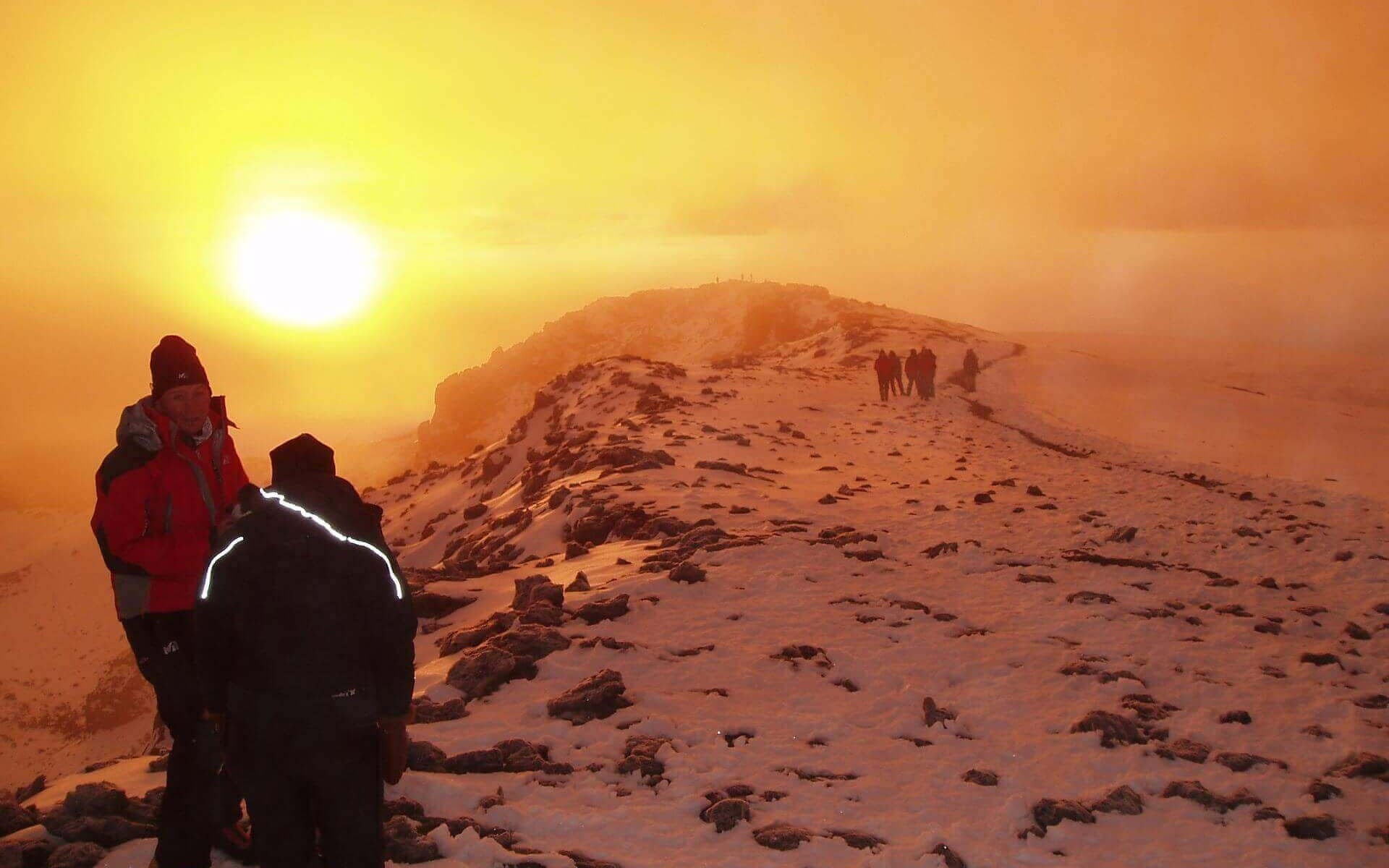
The Best Time to Climb Kilimanjaro
April 14, 2023
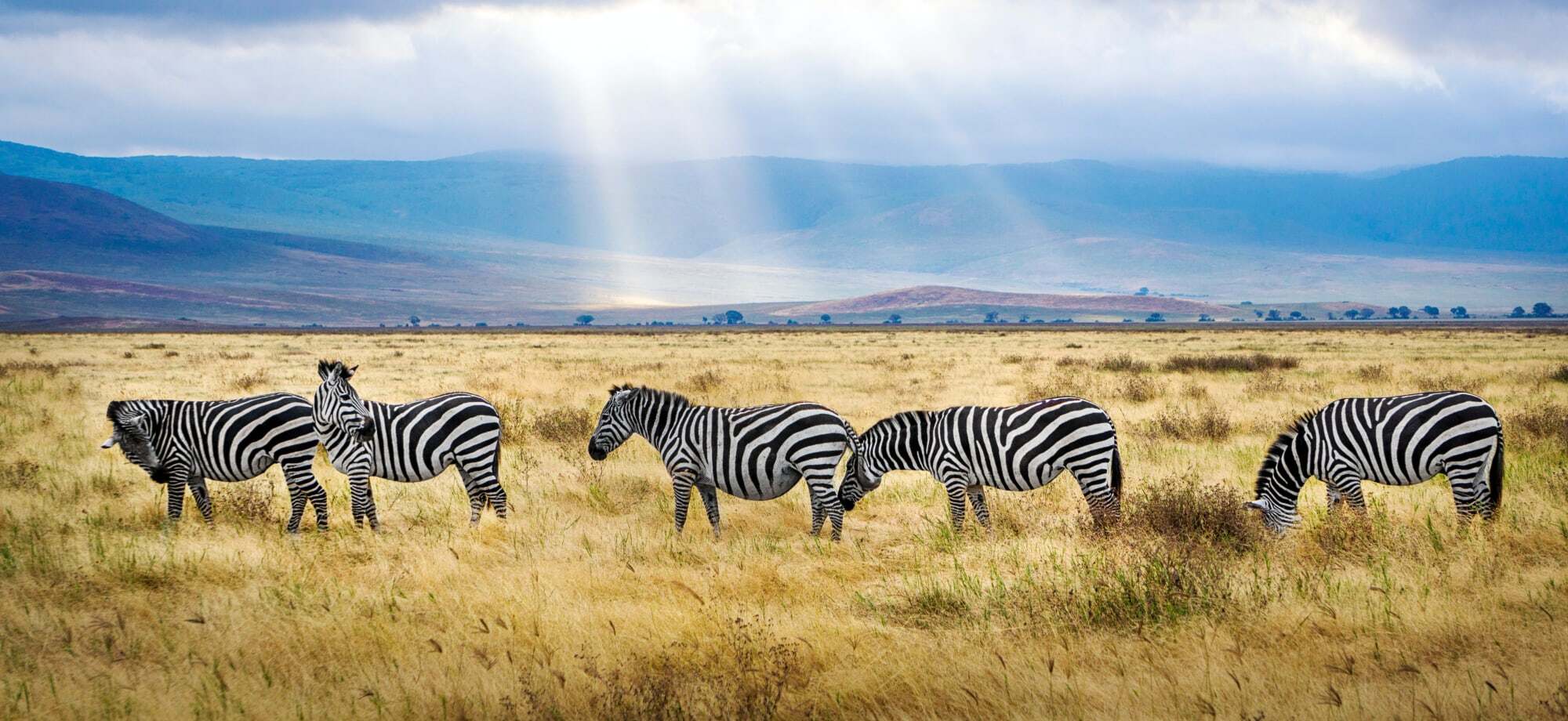
Top 7 Parks & Game Reserves in Tanzania (Including Where to Stay)
April 14, 2023
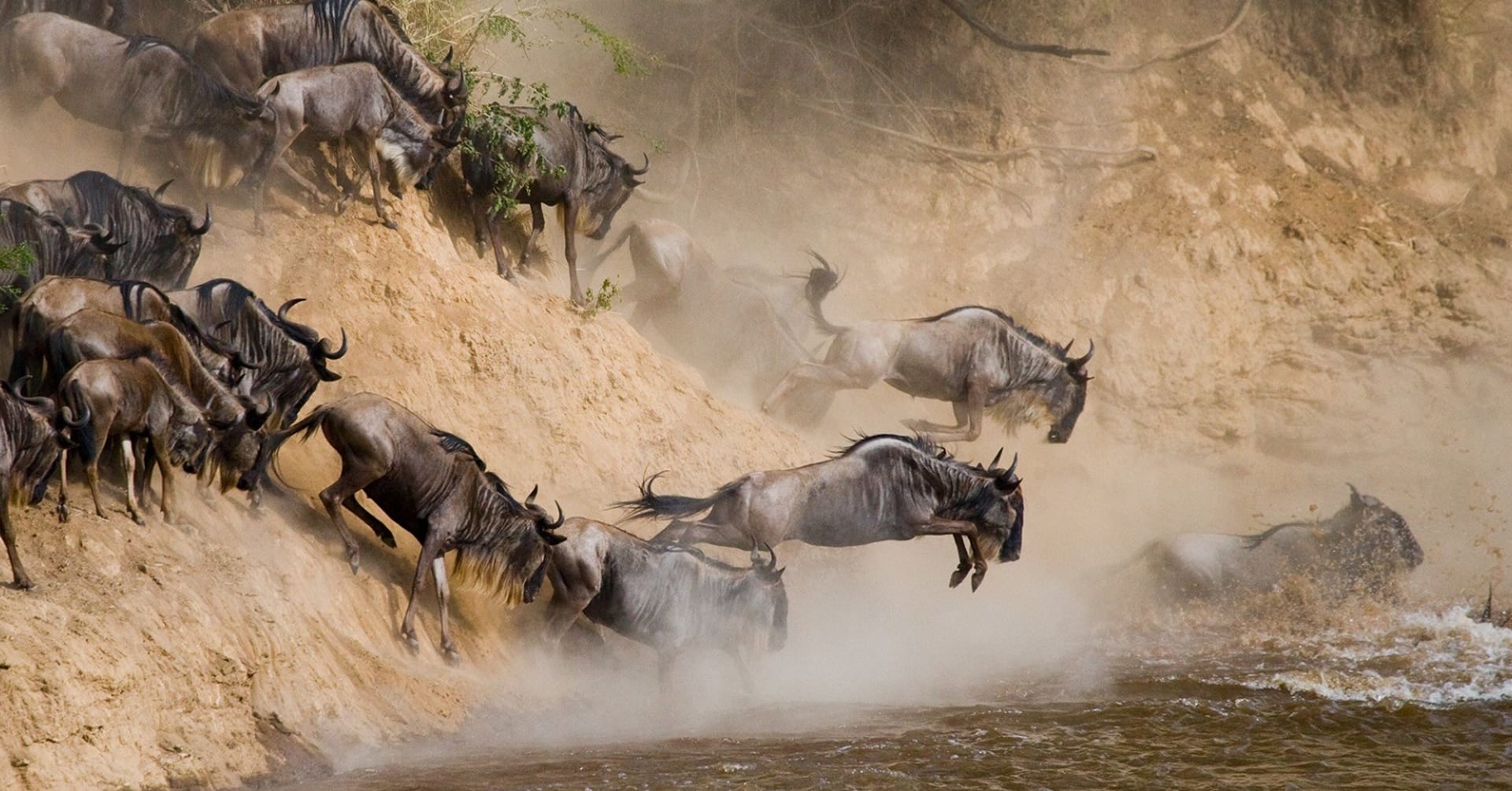
Monthly Wildebeest Migration Patterns (Including Where to Stay)
May 08, 2024
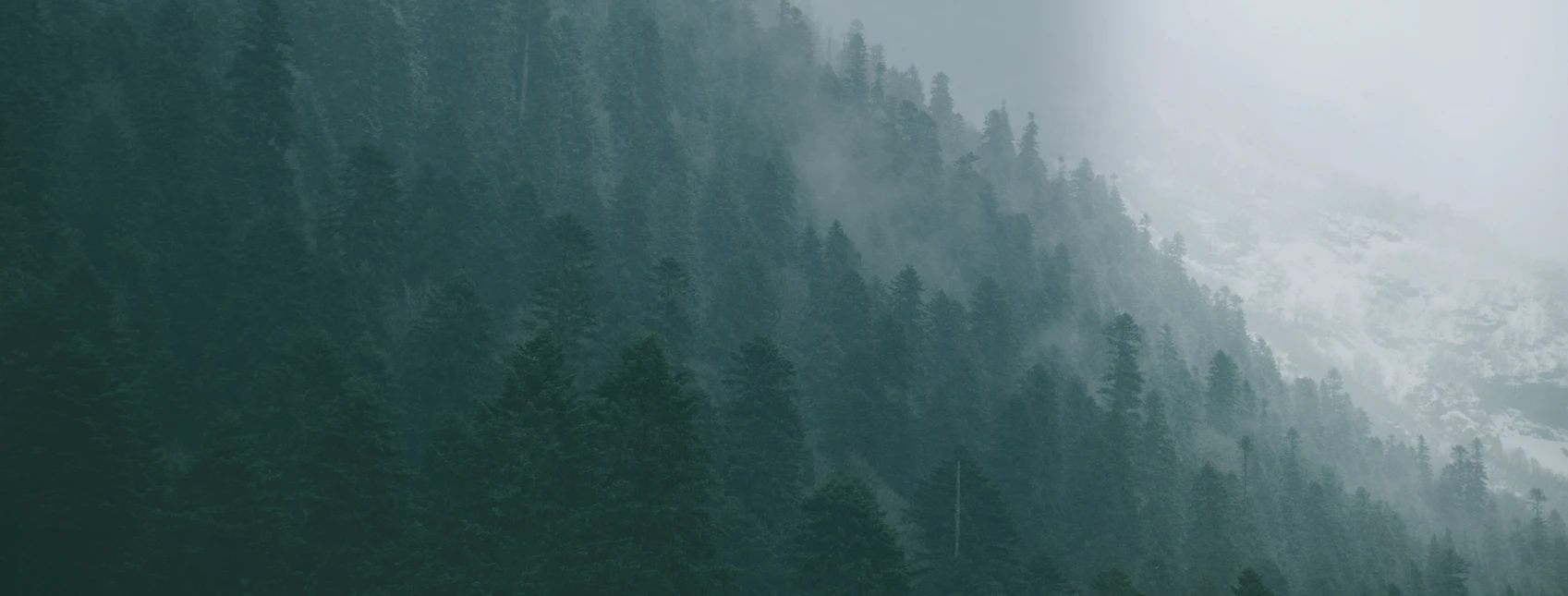
Sign up to our newsletter
For more travel inspiration delivered straight to your inbox just fill in your details here


